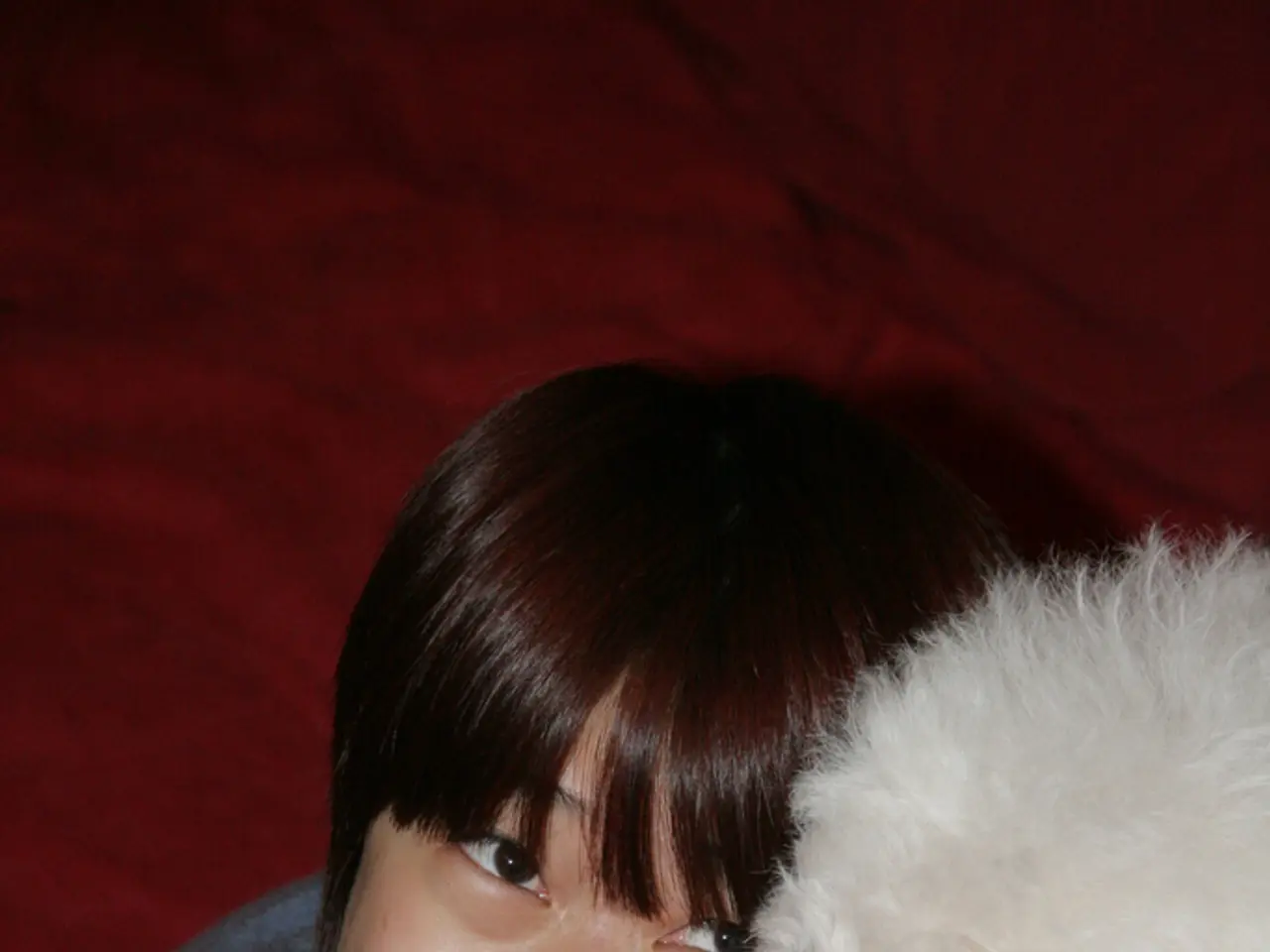Fearful Avoidant Attachment: Causes, Symptoms, and Characteristics
In the realm of relationships, understanding and addressing fearful-avoidant attachment is a significant step towards healing. This insecure attachment style, identified by psychiatrist John Bowlby in the 1950s, is characterised by an anxious or ambivalent attitude towards relationships, often leading individuals to struggle with trust, intimacy, and emotional closeness.
Healing fearful-avoidant attachment is a multi-faceted process that involves self-awareness, emotional regulation, and the development of secure relationships. Here are ten key strategies to help individuals on this journey:
1. **Develop Self-Awareness:** - Understand your patterns: Recognise when and why you feel anxious or avoidant in relationships. Keeping a journal can help track these feelings and triggers.
2. **Practice Self-Compassion:** - Treat yourself with kindness and understanding, acknowledging that your coping mechanisms were once necessary for survival. This helps in reframing negative self-perceptions.
3. **Learn About Attachment Styles:** - Understanding different attachment patterns (secure, anxious, avoidant, disorganized) can provide a framework for making sense of your experiences.
4. **Improve Emotional Regulation:** - Use techniques like mindfulness, deep breathing exercises, and grounding to manage intense emotions.
5. **Challenge Negative Core Beliefs:** - Identify and question beliefs such as “I’m unlovable” or “I’ll always be abandoned.” Therapy can be beneficial for this process.
6. **Set Healthy Boundaries:** - Learn to express your needs clearly and protect your emotional energy by practicing assertive communication.
7. **Cultivate Secure Relationships:** - Seek out relationships with people who are reliable, trustworthy, and respectful. This can feel uncomfortable at first but is crucial for healing.
8. **Therapy and Interventions:** - Consider therapies like Transference-Focused Psychotherapy (TFP) or Dialectical Behavior Therapy (DBT), which can help build more secure attachment patterns.
9. **Mind-Body Connection:** - Utilize somatic practices and creative arts to release stored emotional energy and develop a richer emotional vocabulary.
10. **Spiritual Connection and Purpose:** - Rebuild a sense of purpose, connection, and belonging by connecting with your inner wisdom and practicing rituals that foster a positive self-image.
Each person’s journey is unique, and patience and self-compassion are essential throughout the healing process. Books like "Attachment Theory in Practice", "Attached", "Wired for Love", and others can provide more information about fearful avoidant attachment and healing strategies.
It's important to remember that the process to fix fearful avoidant attachment style is threefold, addressing it on the levels of the mind, body, and spirit. Traumatic experiences can also lead to a fearful avoidant attachment style, and early childhood experiences such as an unpredictable, unreliable, or rejecting caregiver can contribute to its development.
Creative arts interventions can help heal a fundamental self-wound and promote bilateral integration of the brain. The dorsal vagal nerve, which normally helps the body move between stimulated and relaxed states, can shut down in fearful avoidant attachment, leading to feelings of lightheadedness, fatigued muscles, and digestive issues.
In fearful avoidant attachment relationships, partners may be accused of being "too intense" or "too emotional". The goal on the level of spirit is to strive for post-traumatic growth and access creative life force energy. The challenge for fearful avoidants is to stop living in survival mode and start trusting a relative state of stasis.
Psychoeducational and emotional skill-building can help develop a more robust emotional vocabulary and understand needs and boundaries. With patience, self-awareness, and the right support, it is possible for individuals with fearful avoidant attachment to move towards a secure attachment style.
- In the journey of healing fearful-avoidant attachment, developing self-awareness is vital; identify and understand the triggers that cause anxiety or avoidance in relationships.
- Show yourself compassion and understanding as you embark on this healing process; recognize that your past coping mechanisms, though necessary for survival, may need to change.
- Educate yourself about attachment styles; learning about different patterns such as secure, anxious, avoidant, disorganized can provide a framework for understanding your experiences.
- Improve your emotional regulation skills; techniques like mindfulness, deep breathing exercises, and grounding can help manage intense emotions.
- Challenge your negative core beliefs; question assumptions like 'I’m unlovable' or 'I’ll always be abandoned' through self-reflection or therapy.
- Establish healthy boundaries; learn to express your needs clearly and protect your emotional energy by practicing assertive communication.
- Foster secure relationships; seek out relationships with trustworthy, reliable, and respectful individuals, even if it feels uncomfortable initially.
- Consider therapeutic interventions like Transference-Focused Psychotherapy (TFP) or Dialectical Behavior Therapy (DBT) to help build more secure attachment patterns.
- Utilize somatic practices, creative arts, and spiritual connection to release stored emotional energy, develop a richer emotional vocabulary, and foster personal growth.
- Rebuild purpose, connection, and belonging by connecting with your inner wisdom, practicing rituals that foster a positive self-image, and striving for post-traumatic growth.




